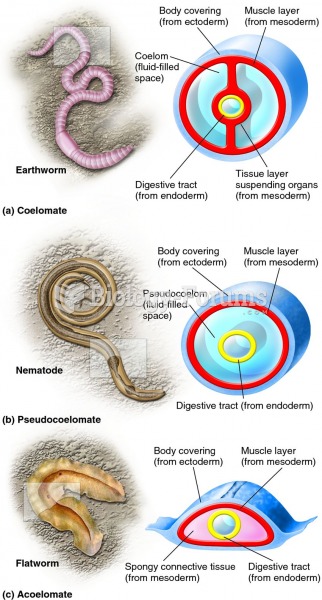Answer to Question 1
Students can choose from the following selection:
(1 ) Standing Mothers, fathers (established, alleged, or with legitimate claims), as well as
IV-D child support agencies; Article 6 of the Uniform Parentage Act including adoption agencies, intended parents under surrogacy agreements, and representatives of deceased, incapacitated or minor persons
(2 ) Personal jurisdiction the court must have personal jurisdiction over the defendant to issue orders regarding child support and associated obligations
(3 ) Subject matter jurisdiction This jurisdiction may be in more than one court; most are brought in family court. The father's claim to paternity may be brought in a court of general jurisdiction, but his claim must have already established a substantial relationship with the child, a family court determination
(4 ) Venue the judicial district where the child resides
(5 ) Statutes of limitations statutes vary from state to state, but under the UPA, there is no statute of limitations if there is no legally established father; if there is, challenges must be brought within two years of the child's birth. Federal law establishes an eighteen-year statute for bringing paternity actions to establish child support obligations
(6 ) Biding effect of judgments A judgment of paternity is binding on the parties as an action for divorce but not necessarily on a child who is not a party to that action
(7 ) Potential defendant(s) If a mother was married to a man other than the named defendant at the time she became pregnant and gave birth within 300 days thereafter, the husband may be added as a second defendant unless it has been judicially determined that he is not the father
(8 ) Burden of proof the petitioner carries the weight of proving his or her case by the preponderance of the evidence in most jurisdiction, and clear and convincing in a minority of states
(9 ) Legal advice Not required, but is wise to get legal advice to make sure that the petitioner understands the implication of a judgment of parentage
Answer to Question 2
TRUE







